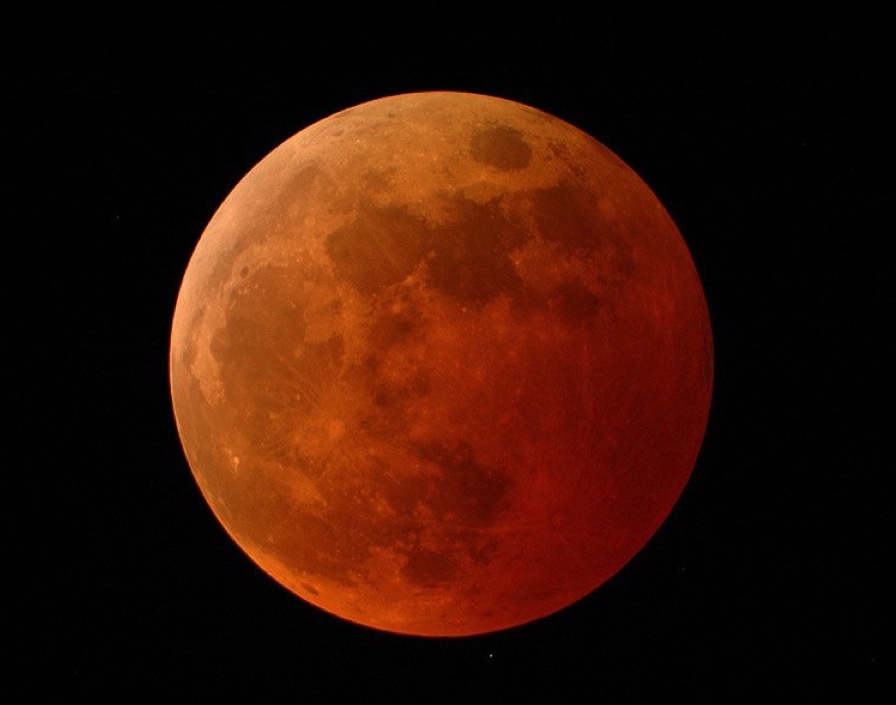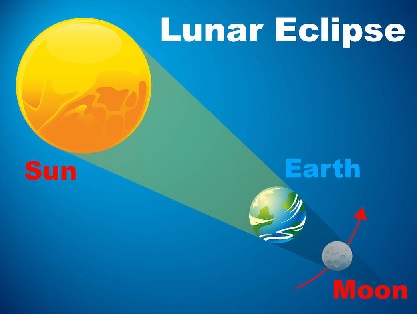While not nearly as spectacular as a solar eclipse, another interesting astronomical phenomenon will be visible this Sunday evening throughout the Western Hemisphere. This will be a lunar eclipse, in which the moon passes through the shadow of the earth.
The eclipse begins at 9:36 PM Eastern Time (8:36 CST, 7:36 MST, 6:36 PST) with the penumbral phase, as the moon enters the outer shadow of the earth. The brightness of the moon will decrease, but the small change in brightness probably won’t be visible to the naked eye.
About an hour later at 10:33 PM Eastern Time (9:33 CST, 8:33 MST, 7:33 PST), the eclipse enters the partial stage. At this time, the earth’s shadow begins to eat away at the moon. This continues until 11:41 PM Eastern Time (10:41 CST, 9:41 MST, 8:41 PST), when the eclipse becomes full, and the moon is completely within the shadow of the earth.
Unlike a solar eclipse, the times are more or less identical wherever you are. You only need to adjust for your time zone.
 Even though the eclipse is full, the moon does not become fully dark. This is because the moon is illuminated by a ring surrounding the earth, namely, all of the sunrises and sunsets taking place on earth.
Even though the eclipse is full, the moon does not become fully dark. This is because the moon is illuminated by a ring surrounding the earth, namely, all of the sunrises and sunsets taking place on earth.
At 12:43 AM Eastern Time, the eclipse once again becomes partial. At 1:50 AM Eastern Time, it re-enters the penumbral phase. At 2:48 AM Eastern Time, the eclipse ends.
We previously wrote of an interesting story of a lunar eclipse of July 15, 1916. This eclipse affected the Shackleton Antarctic expedition. The team led by Aeneas Mackintosh was waiting for a full moon to embark, but were surprised to see the moon entering an eclipse as it rose. Fortunately, the eclipse was only partial and enough light remained to make the voyage.

